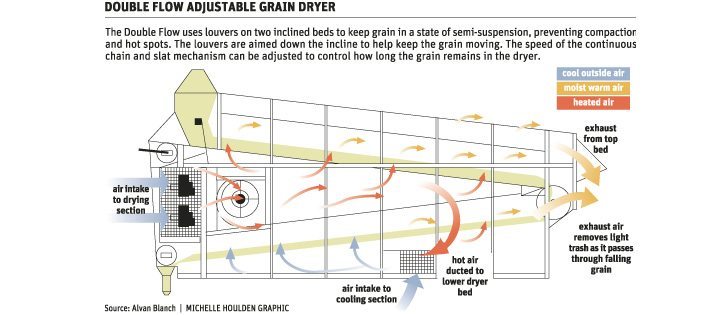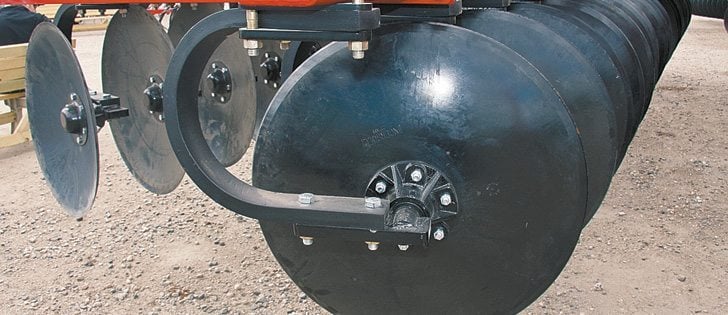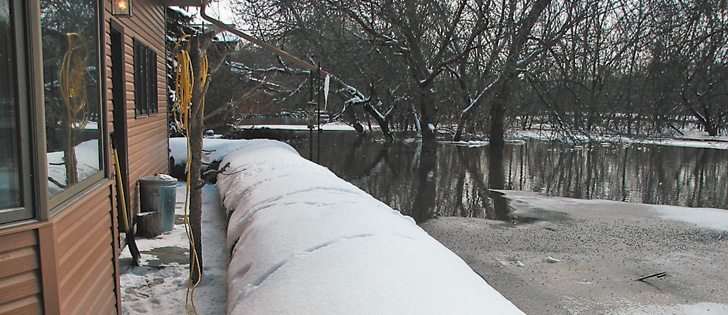Patience is a virtue for scientists and producers as they search for ways to farm sustainably.
Agriculture Canada scientist Reynald Lemke told the Saskatchewan Soil Conservation Association meeting at Crop Production Week in Saskatoon that sustainability isn’t a new concept.
He said scientists in Western Canada have been wrestling with sustainable agriculture since sod was first turned on the Prairies, but their terminology and questions have evolved. Today the question is about more than mere survival. They are now asking how farmers and future generations can prosper without compromising the land.
Read Also

Gap in emission regulations hamstrings Canadian hybrid truck manufacturer
A B.C. company building hybrid engines for heavy trucks says they have the opportunity to build something leading edge in Canada, but our own laws are stopping them from doing it.
“Not only thinking of the farm operation itself, but of the land and the ecosystems that are embedded in it and surrounding it,” Lemke said.
However, he said changes in soil reveal themselves slowly, which makes long-term research projects important, such as Agriculture Canada’s studies into crop rotations.
He used fallow and the Dirty Thirties as an example.
“If we could’ve found a reasonable solution or an alternative for the use of fallow, perhaps some of this could’ve been avoided,” he said.
“Obviously, the drought conditions are beyond our control, but perhaps some of the really damaging erosion events and so on, may have been, if not entirely avoided, at least reduced.”
Scientists have been closely following crop rotations since the late 1960s and have found that extending crop frequency will increase yields. For example, continuous wheat has resulted in higher annualized grain yield over a 30 year period.
While Lemke said he wouldn’t recommend back-to-back-to-back wheat, it shows producers can continually crop without a buildup of weeds or diseases.
“It’s still performing really quite happily,” said Lemke.
“Yields are generally as high or higher than the average for the area and there’s no indication of the reducing trend in yields.”
In one experiment, a continuous wheat crop, with no nitrogen inputs, showed higher yields than a rotation including fallow.
“Certainly not a recommended practice, but it’s kind of fascinating how resilient in fact our soils can be if they don’t blow away,” said Lemke.
A wheat-lentil rotation over that period produced yields “neck-and-neck” with continuous wheat, said Lemke. It didn’t boost yields, but the nitrogen requirements were smaller.
“We were applying less fertilizer, but getting the same yield,” he said. “And even though we were applying less fertilizer, we were getting better protein values.”
Lemke said these kinds of findings aren’t found in short-term studies.
“(For) the type of questions that we want to talk about or think about or understand for sustainability issues, you need these sort of studies,” he said.














